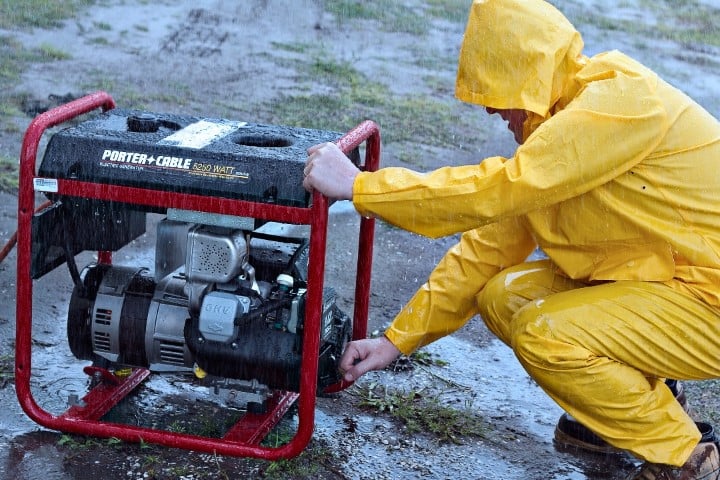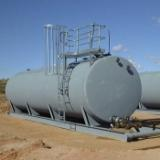Final Decision: Generators Required For Florida Healthcare Facilities
The end of this summer 2018 will mark one year since Hurricane Irma made its unfortunate impression in the state of Florida. Many health care...

While diesel generators makes up the majority of generators sold today, homes and small/medium-sized businesses will buy gas-powered generators as insurance that if there is an interruption in the utility-supplied power, electricity continues to flow, at least to essential places, supplied by the generator.
Your generator needs certain things to occur so its protective value remains in force. Performing certain tasks throughout the year will keep the juice flowing when you need it most.
Folks who buy generators generally are not experts on gasoline-fired motors. Often the generator acquisition occurs after a severe weather event of other power supply problem that left the purchaser without electricity for a long period of time.
Here are some causes related to fuel and engine problems that may sideline your gas-powered generator:
Unfortunately, some people think that leaving the generator in its original shipping container, usually unopened, is a good idea. It is a terrible idea!
Generators, like older car models need a break-in period to deliver top performance. But, if you run your generator for the first time and the power fails to supply power to the house, the break-in period might be too short. Follow the instructions in your owner’s manual for the correct way to break your generator in. In general, the correct procedure is to run your generator at half capacity for two hours, then at 75 percent capacity for two hours. Following the first four hours of up time, allow the generator to cool down.
Stale gas is the single greatest cause of generator failure. Gasoline generators with large gas tanks are especially problematic. Owners fill the tanks, run for the time of an emergency and then, two hours later, turns the generator off with half a tank of gas. If they’ve filled the tank with E10 or another ethanol-gas blend, this leaves them with the potential for fuel problems that may sideline their generator when they need it most in the future.
When you need to run the generator a year later, it may not start due to bad gas.
Unlike in the past, after a time span of only three months, fresh gasoline can turn stale, even under the best storage conditions. Because of modern refining processes, gasoline today does not have the storage quality it used to. Add in some ethanol and you’ve got a much shorter shelf life than before.
A short fuel shelf life of 90 days or less is calamitous when you need to run your backup generator when the power is out due to a storm or power grid failure. Fortunately, shelf life extends by a factor of two, though some manufacturers claim their products keep gas fresh for up to one year, with a fuel additive.
When ethanol gas is left in storage, it can develop water contamination through condensation. There is also the danger of microbial contamination that can quickly clog fuel filters and begin the corrosive process in all parts of a fuel system.
A high quality ethanol fuel treatment will prevent fuel phase separation and water contamination caused by ethanol.

The end of this summer 2018 will mark one year since Hurricane Irma made its unfortunate impression in the state of Florida. Many health care...
After a number of years of relative quiet on the storm front, the 2017 hurricane season seemed to be aiming to make up for that. In addition to the...

For generators and diesel storage tanks fungus, mold, and bacteria pose a serious threat because they can clog fuel filters and decrease efficiency. ...